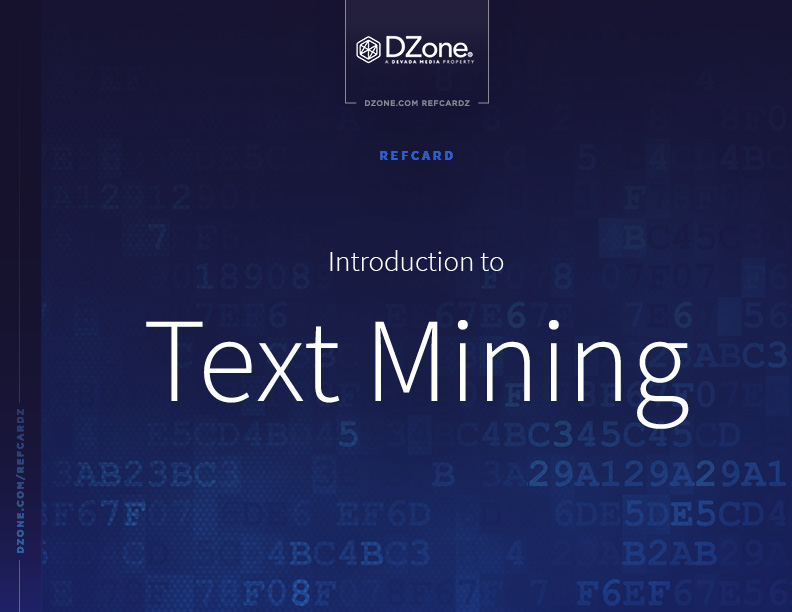What Is Text Mining?
Text mining is an ambiguous term for extracting useful information from otherwise unstructured text. There are two particular terms we need to pay close attention to when defining “text mining”— extracting useful information and unstructured text.
Useful information, in this context, could be anything from basic facts expressed by the text to advanced sentiment analysis indicating the state of mind of the author at the time the text was created.
Unstructured text means that the information is not stored in a structured format like XML or a database table. The text is still structured in some way, usually dictated by the language in which it’s written and the custom of the medium.
This is a preview of the Introduction to Text Mining Refcard. To read the entire Refcard, please download the PDF from the link above.

